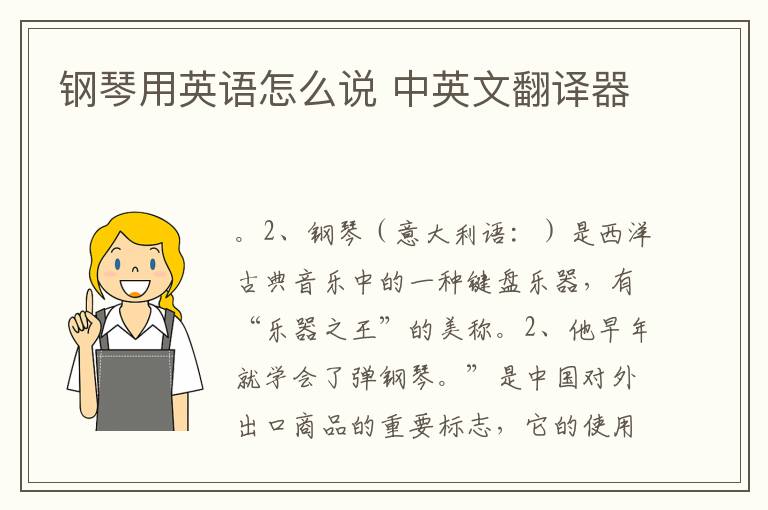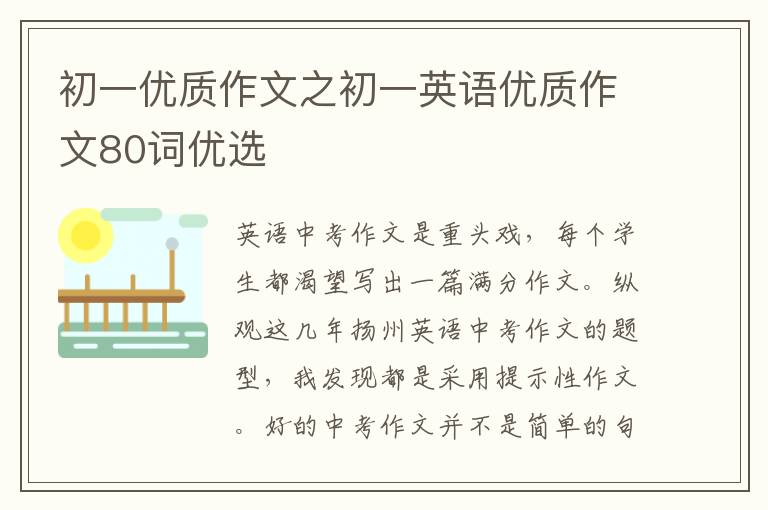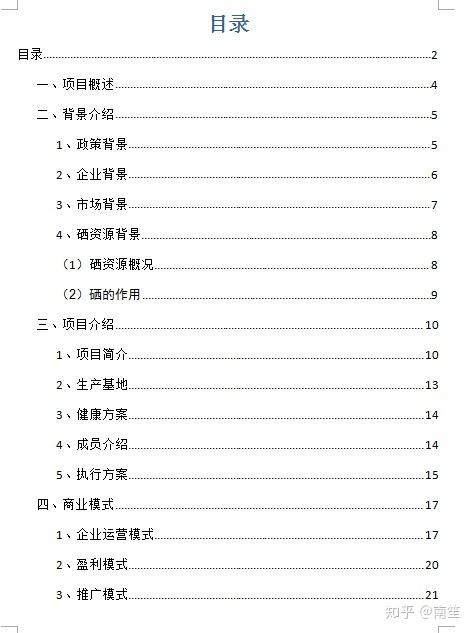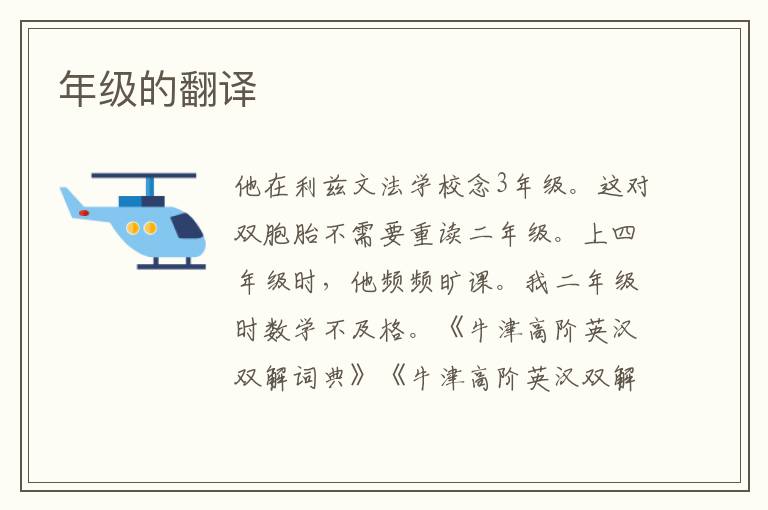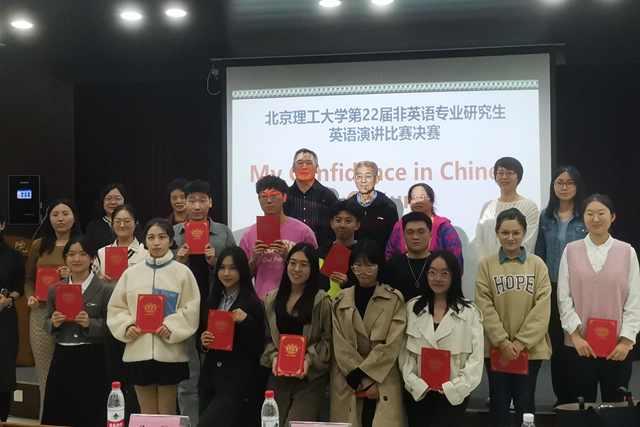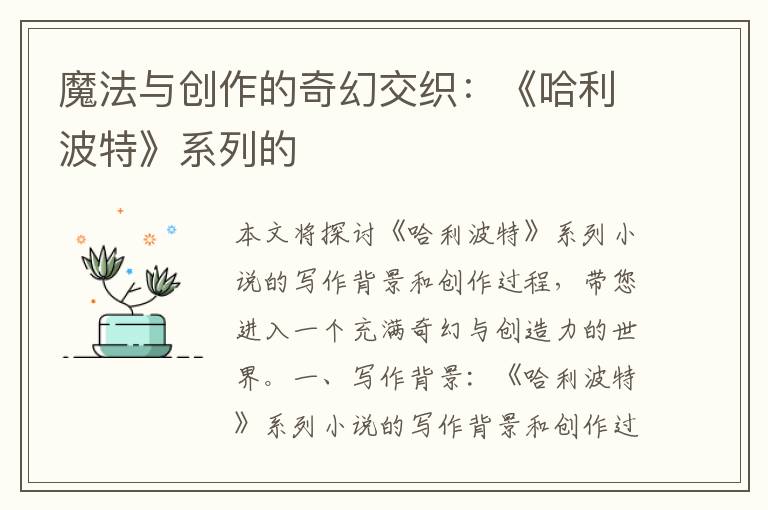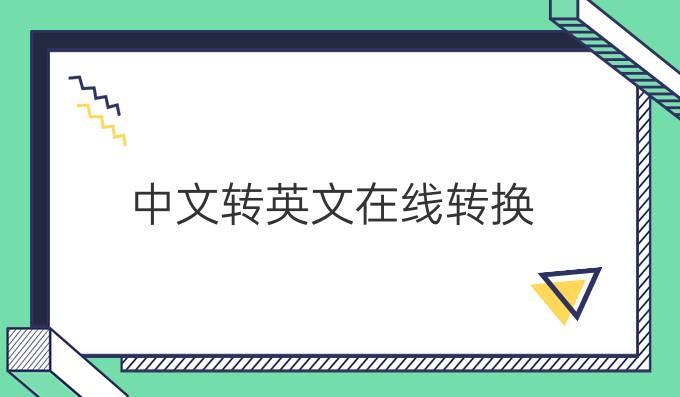閱讀理解職稱英語綜合類考試練習題

Will Quality Eat up the U.S. Lead in Software?
If U.S. software companies dont pay more attention to quality, they could kiss their business good-bye. Both India and Brazil are developing a world-class software industry. Their weapon is quality and one of their jobs is to attract the top U.S. quality specialists whose voices are not listened to in their country.
Already, of the worlds 12 software houses that have earned the highest rating in the world, seven are in India. Thats largely because they have used new methodologies rejected by American software specialists. For example, for decades, quality specialists, W. Edwards Deming and J. M. Juran had urged U.S. software companies to change their attitudes to quality. But their quality call mainly fell on deaf ears in the U.S. -but not in Japan. By the 1970s and 1980s, Japan was grabbing market share with better, cheaper products. They used Demings and Jurans ideas to bring down the cost of good quality to as little as 5% of total production costs. In U.S. factories, the cost of quality then was 10 times as high: 50%. In software, it still is.
Watts S. Humphrey spent 27 years at IBM heading up software production and then quality assurance. But his advice was seldom paid attention to. He retired from IBM in 1986. In 1987, he worked out a system for assessing and improving software quality. It has proved its value time and again. For example, in 1990 the cost of quality at Raytheon Electronics Systems was almost 60% of total software production costs. It fell to 15% in 1996 and has since further dropped to below 10%.
Like Deming and Juran, Humphrey seems to be wining more praises overseas than at home. The India government and several companies have just founded the Watts Humphrey Software Quality Institute at the Software Technology Park in Chennai, India.
Lets hope that U.S. lead in software will not be eaten up by its quality problems.
EXERCISE:
1. what country has more highest-rating companies in the world than any other country has?
A) Germany.
B) The U.S.
C) Brazil
D) India
2. Which of the following statements about Humphrey is true?
A) He is now still an IBM employer.
B) He has worked for IBM for 37 years.
C) The US pays much attention to his quality advice.
D) India honors him highly.
3. By what means did Japan grab its large market share by the 1970s and the 1980s?
A) Its products were cheaper in price and better in quality.
B) Its advertising was most successful.
C) The US hardware industry was lagging behind .
D) Japan hired a lot of India software specialists.
4.What does the founding of the Watts Humphrey Software Quality Institute symbolize?
A) It symbolizes the US determination to move ahead with its software
B) It symbolizes the India ambition to take the lead in software.
C) It symbolizes the Japanese efforts to solve the software quality problem.
D) It symbolizes the Chinese policy on importing software.
5.What is the writer worrying about?
A) Many US software specialists are working for Japan.
B) The quality problem has become a worldwide problem.
C) The US will no longer be the first software player in the world.
D) India and Japan are joining hands to compete with the US.
答案: D D A B C
Will Quality Eat up the U.S. Lead in Software?
If U.S. software companies dont pay more attention to quality, they could kiss their business good-bye. Both India and Brazil are developing a world-class software industry. Their weapon is quality and one of their jobs is to attract the top U.S. quality specialists whose voices are not listened to in their country.
Already, of the worlds 12 software houses that have earned the highest rating in the world, seven are in India. Thats largely because they have used new methodologies rejected by American software specialists. For example, for decades, quality specialists, W. Edwards Deming and J. M. Juran had urged U.S. software companies to change their attitudes to quality. But their quality call mainly fell on deaf ears in the U.S. -but not in Japan. By the 1970s and 1980s, Japan was grabbing market share with better, cheaper products. They used Demings and Jurans ideas to bring down the cost of good quality to as little as 5% of total production costs. In U.S. factories, the cost of quality then was 10 times as high: 50%. In software, it still is.
Watts S. Humphrey spent 27 years at IBM heading up software production and then quality assurance. But his advice was seldom paid attention to. He retired from IBM in 1986. In 1987, he worked out a system for assessing and improving software quality. It has proved its value time and again. For example, in 1990 the cost of quality at Raytheon Electronics Systems was almost 60% of total software production costs. It fell to 15% in 1996 and has since further dropped to below 10%.
Like Deming and Juran, Humphrey seems to be wining more praises overseas than at home. The India government and several companies have just founded the Watts Humphrey Software Quality Institute at the Software Technology Park in Chennai, India.
Lets hope that U.S. lead in software will not be eaten up by its quality problems.
EXERCISE:
1. what country has more highest-rating companies in the world than any other country has?
A) Germany.
B) The U.S.
C) Brazil
D) India
2. Which of the following statements about Humphrey is true?
A) He is now still an IBM employer.
B) He has worked for IBM for 37 years.
C) The US pays much attention to his quality advice.
D) India honors him highly.
3. By what means did Japan grab its large market share by the 1970s and the 1980s?
A) Its products were cheaper in price and better in quality.
B) Its advertising was most successful.
C) The US hardware industry was lagging behind .
D) Japan hired a lot of India software specialists.
4.What does the founding of the Watts Humphrey Software Quality Institute symbolize?
A) It symbolizes the US determination to move ahead with its software
B) It symbolizes the India ambition to take the lead in software.
C) It symbolizes the Japanese efforts to solve the software quality problem.
D) It symbolizes the Chinese policy on importing software.
5.What is the writer worrying about?
A) Many US software specialists are working for Japan.
B) The quality problem has become a worldwide problem.
C) The US will no longer be the first software player in the world.
D) India and Japan are joining hands to compete with the US.
答案: D D A B C

